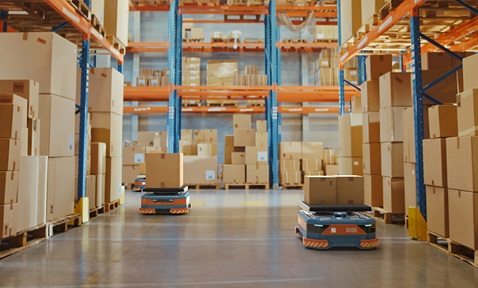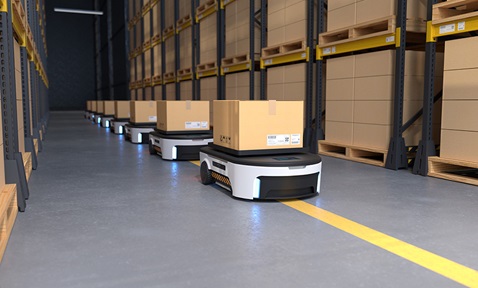
Visual Connectivity Preserving Devices and Methods for Cooperative Ground Robots in Unknown Obstacle Environments
Synopsis
This technology focuses on cooperative ground robots operating in unknown environments, addressing visibility maintenance, target tracking, and obstacle detection and avoidance. Using robot-mounted devices and rotating cameras, these robots maintain visual connectivity with targets, avoiding collisions while navigating complex areas without global positioning devices.
Opportunity
There are several potential opportunities for this technology:
Search and Rescue Operations: Cooperative ground robots can efficiently navigate unknown, obstacle-filled environments, maintaining visual connectivity crucial for search and rescue missions. These robots can explore disaster areas, locate individuals and assess situations effectively.
Industrial Automation: In dynamic environments like warehouses or manufacturing plants, these robots can manage inventory, handle materials, and monitor production processes.
Surveillance and Security: The ability to maintain visual connectivity and track targets makes this technology suitable for surveillance, enhancing security systems in challenging environments.
Agricultural Automation: Robots equipped with this technology can perform crop monitoring, pest control, and automated harvesting, navigating fields while avoiding obstacles, which make them useful for precision agriculture.
Collaborative Construction: In construction sites, robots can assist with surveying, mapping, and monitoring project progress, working collaboratively while avoiding obstacles.
Technology
This technology involves multi-robot cooperation, focusing on visual connectivity maintenance, visual tracking, and obstacle detection and avoidance for ground robots in unknown environments.
It addresses issues related to visibility maintenance and target tracking for nonholonomic cooperative ground robots equipped with vision sensors. In environments without global positioning devices and signals, maintaining visibility with the target robot is critical to avoid mission failures. This technology ensures the relative distance and angle between working robots and their targets remain within ranges determined by vision sensors.
Robot-mounted devices and methods based on rotating cameras has been developed to allow each robot to observe and track its cooperative target continuously, while detecting and avoiding obstacles in all directions before collisions occur.
Applications & Advantages
This technology is suitable for various real-world scenarios, addressing challenges in navigation, cooperation, and adaptability in unknown and obstacle-filled environments.
Cooperative Efficiency: Improved coordination and division of labour among robots.
Obstacle Avoidance: Safe navigation in unknown, dynamic environments.
Nonholonomic Navigation: Effective movement in constrained spaces.
Rotating Cameras for Comprehensive Vision: Enhanced situational awareness for informed decision-making during navigation.






.tmb-listing.jpg?Culture=en&sfvrsn=b5366f51_1)
.tmb-listing.jpg?Culture=en&sfvrsn=3b74ec1c_1)







